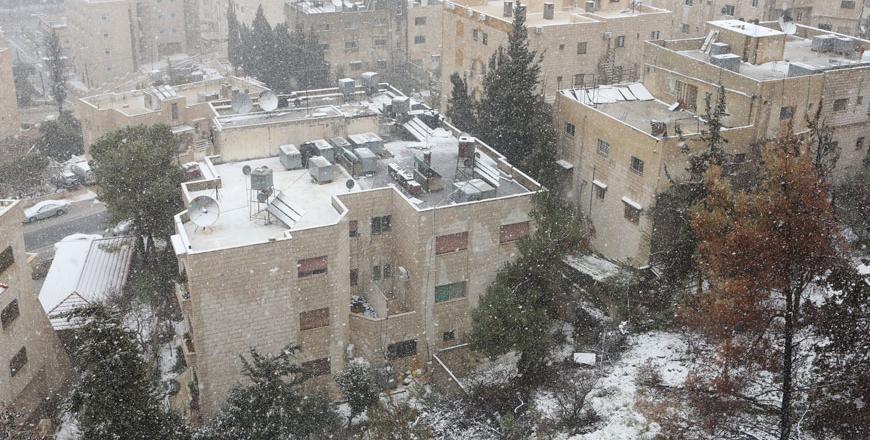AMMAN — A rise in temperatures is expected on Monday as the impact of a depression and a cold front tapers off, according to the Jordan Meteorological Department (JMD).
The depression and the cold front, which started affecting the country on Friday evening, brought intermittent rain to different parts of the country, according to the JMD, which predicated above-average temperatures during this week.
Monday’s temperatures are expected to rise back to their annual average of 13°C during this time of the year, according to a meteorologist at the JMD, who noted that daytime temperatures will be 14°C, dropping to 5°C at nighttime in Amman.
The weather will be relatively cold, while winds will be northwesterly moderate, according to the weather forecaster, who said the temperatures will continue rising during this week.
On Tuesday, relatively cold weather is expected with lots of sunshine, he said, adding that temperatures will range between a high of 17°C and a low of 6°C in the capital, and winds will be northwesterly moderate.
A further rise in temperatures is forecast for Wednesday, when temperatures will be seven degrees above their annual average during this time of the year, the weather forecaster said, noting that mercury levels will be 20°C during the day, dropping to 7°C at nighttime in Amman.
The weather will be fair across the country and relatively warm in the Jordan Valley, and winds will be southeasterly moderate.
Meanwhile, Ministry of Agriculture Spokesperson Nimer Haddadin said the rain on Saturday and Sunday reduced farmers’ fears of an expected drought this year.
“Rain over the past two days has renewed the hopes of farmers for a good agricultural season and is timely for those growing wheat and barley crops,” Haddadin said.
In addition, the recent rain will also benefit livestock breeders, as better pastures are expected following the rain.
Officials at the agriculture and water ministries said recently that the Kingdom is facing a drought threat which will have a negative impact on water storage and crops if it persists, noting that the current dry conditions and prolonged unseasonable high temperatures are raising concerns.
The dams currently have 140 million cubic metres (mcm), or 43 per cent of their total capacity of 325mcm, which is 14 per cent less than the amount stored at the dams during this time last year of 186mcm, according to official figures.



















